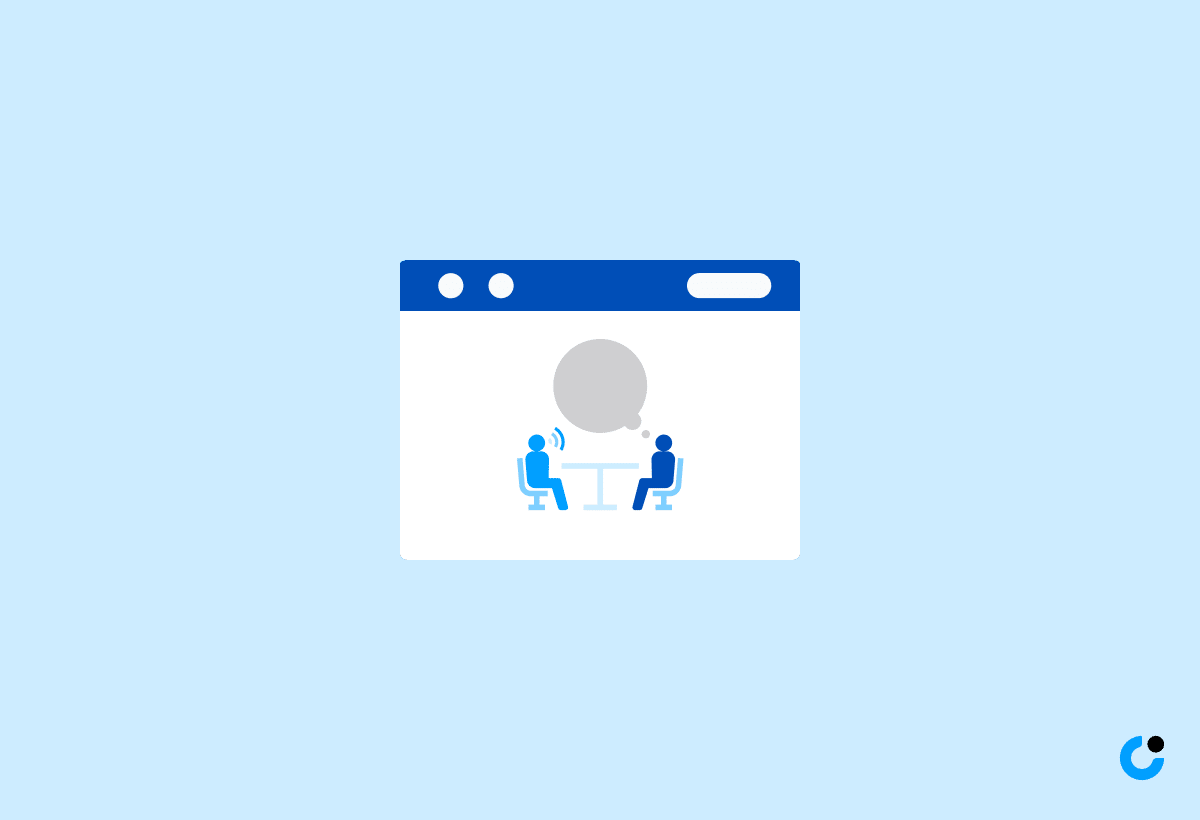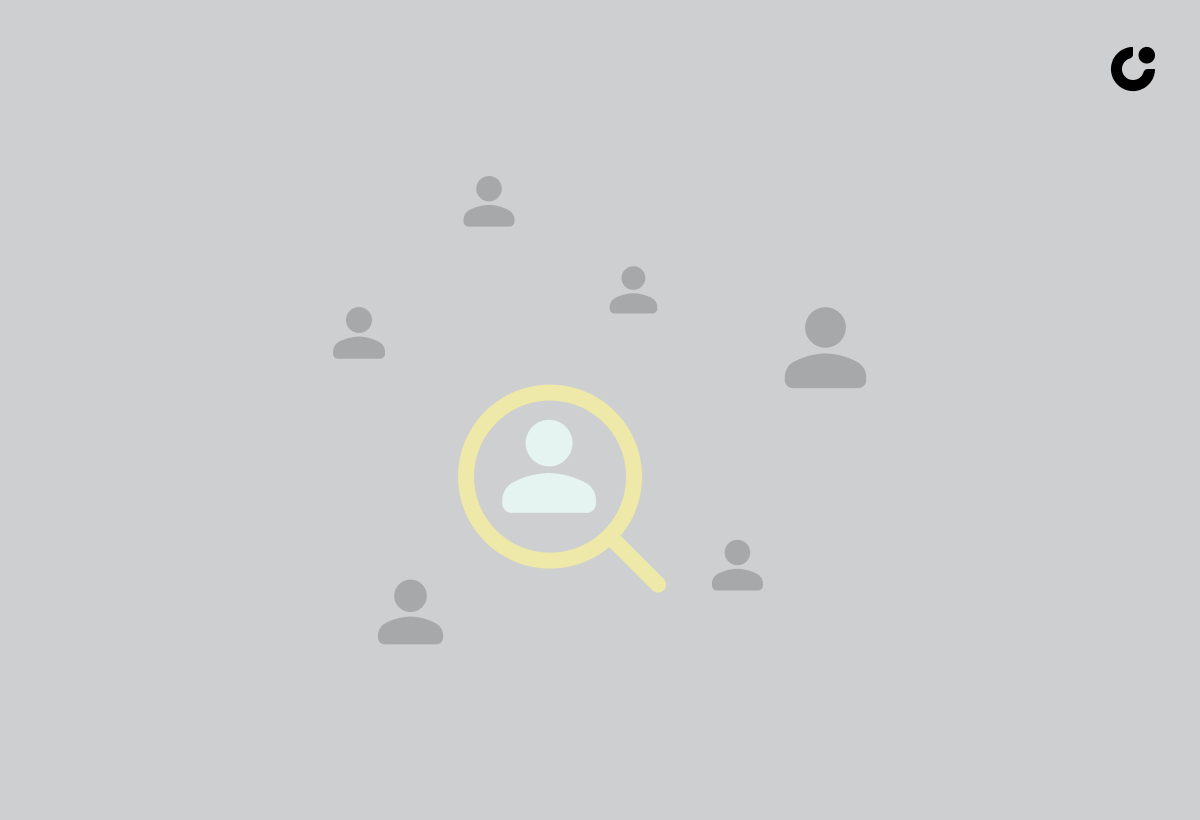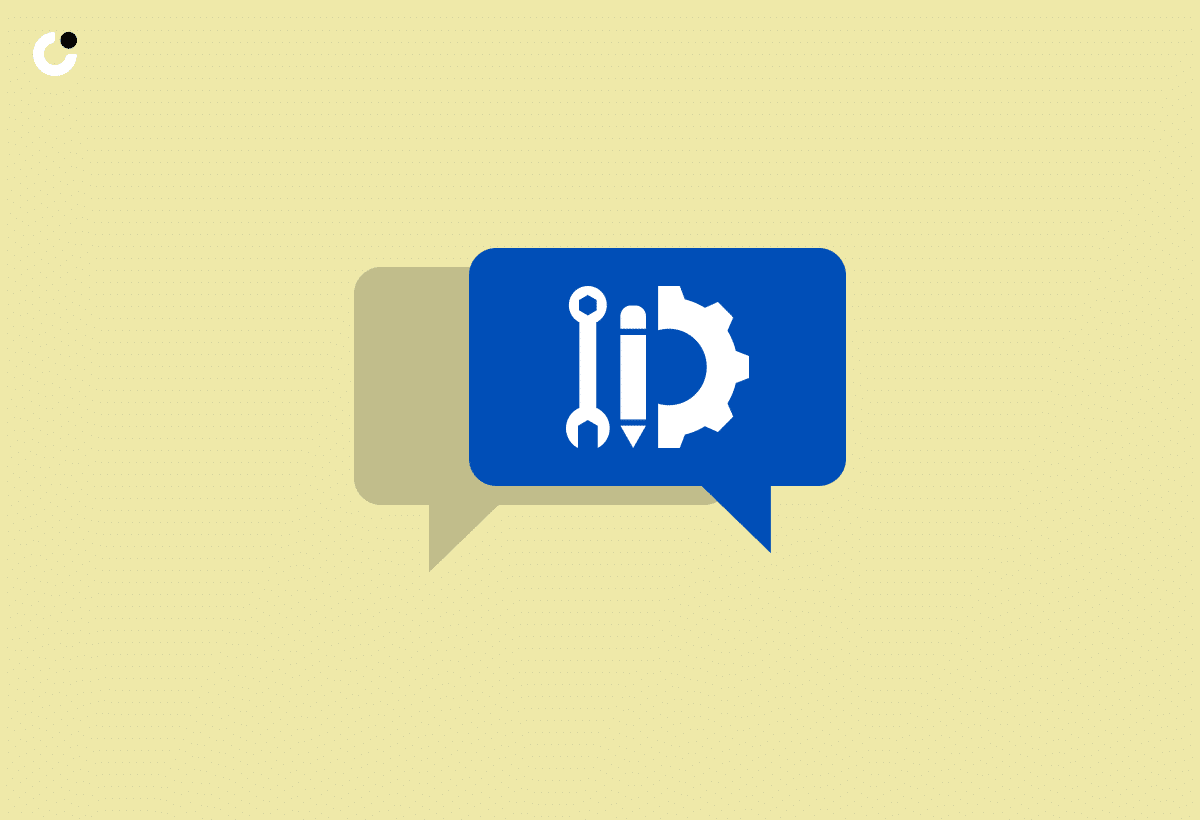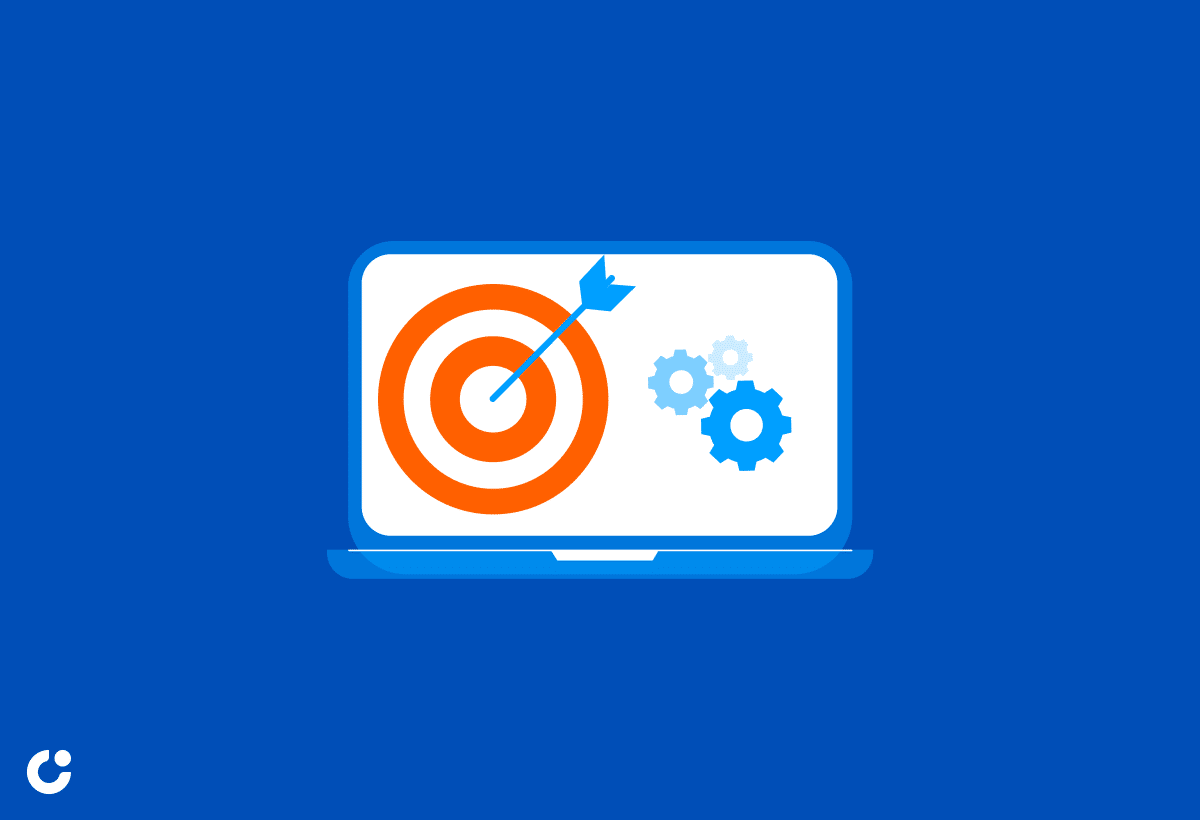Internal communication is a vital component of any organization, ensuring that all employees are informed and engaged.
One effective way to streamline this process is by using internal communication templates. In this article, we will explore the definition and importance of these templates, as well as the benefits they offer. We will also discuss the various types of templates available, provide examples, and offer tips for creating effective templates.
We will explore the use of communication tools to enhance efficiency and strategies for improvement. Join us as we dive into the world of internal communication templates and discover how they can revolutionize your workplace communication.
Key Takeaways:
Internal communication templates help streamline and standardize organizational communication for improved efficiency and effectiveness.
There are various types of internal communication templates, including company-oriented, workplace-directed, and information-sharing templates.
To create effective templates, it is important to personalize them for different audiences and utilize communication tools for seamless communication and collaboration.
Understanding Internal Communication Templates

Understanding Internal Communication Templates is crucial for businesses to streamline their employee communication processes effectively.
Internal communication templates play a pivotal role in ensuring that important messages are conveyed clearly, consistently, and efficiently to all employees within an organization. By utilizing predefined templates for various types of communication such as emails, newsletters, announcements, and updates, companies can maintain a cohesive brand voice and messaging style across different departments and teams. This consistency not only reinforces the company's values and vision but also helps in building trust and credibility among employees.
Communication templates serve as a time-saving tool by providing a ready-made framework for drafting messages, thus reducing the time and effort required to create each communication from scratch. This streamlined process not only increases productivity but also allows employees to receive information promptly and accurately, leading to faster decision-making and action-taking within the organization.
Definition and Importance

Internal Communication Templates refer to pre-designed formats used in conveying company policies, announcements, and information to employees.
These templates play a crucial role in ensuring that all employees receive consistent and accurate information, reducing the risk of miscommunication or misunderstandings within the organization. By utilizing standardized formats for communication, companies can establish a unified voice and tone, reinforcing their brand identity and values across all internal messages.
Internal communication templates streamline the process of disseminating updates and announcements, saving time for both the senders and the recipients. They serve as a foundation for effective communication strategy, enabling transparent and efficient flow of information throughout the company.
Benefits of Templates

Using internal communication templates offers numerous benefits, such as ensuring message consistency, aligning with company policies, and reinforcing leadership messages and vision.
Templates provide a structured framework that ensures all communications reflect the company's brand voice and tone. By following predefined formats, employees can easily grasp complex information and important updates, fostering a more engaged and informed workforce. Consistent use of templates helps employees align their actions with organizational goals and values, creating a unified front towards achieving strategic objectives. This not only improves internal communication efficiency but also cultivates a culture of transparency and collaboration within the organization.
Types of Internal Communication Templates

Internal Communication Templates come in various types tailored for different purposes, such as project updates, staff announcements, and memos.
Project update templates are designed to keep stakeholders informed about the progress, timelines, and milestones of a specific project. They help in ensuring transparency and alignment among team members.
On the other hand, staff communication templates facilitate the dissemination of important information within the organization, such as policy changes, upcoming events, or updates on company goals. These templates play a crucial role in fostering employee engagement and maintaining a cohesive work environment.
Memos serve as formal written communication tools that convey specific instructions, announcements, or responses to queries efficiently.
Company-oriented Templates

Company-oriented templates focus on aligning communications with company policies, missions, and visions through formats like policy templates and mission statement worksheets.
These templates play a vital role in ensuring that employees are continuously reminded of the core values and principles set forth by the organization. By utilizing standardized templates for various communication channels such as email announcements, intranet updates, and training materials, companies can reinforce their key messages consistently across all levels of the organization.
Templates provide a structured framework for employees to adhere to when crafting communications, which helps in maintaining clarity and uniformity in the dissemination of information. For instance, user-friendly templates for performance evaluation reports can guide managers in providing constructive feedback that aligns with the company's performance evaluation guidelines.
Workplace-directed Templates

Workplace-directed templates are specifically designed for communicating with staff members through tools like employee memos, communication policy templates, and code of conduct policies.
These templates play a crucial role in ensuring consistent and effective communication within the organization. By providing a standardized format, they enable management to efficiently convey important information such as policy updates, announcements, and reminders to employees.
Moreover, workplace templates help in upholding organizational values and standards by outlining codes of conduct and behavior expectations. This not only helps in maintaining a professional and respectful work environment but also assists in resolving conflicts and issues should they arise.
Information-sharing Templates

Information-sharing templates facilitate the communication of important updates such as organizational changes, new policies, product launches, and performance reviews to employees.
By providing a structured framework for conveying critical information, these templates play a vital role in ensuring that employees receive consistent and accurate details about the company's initiatives. This standardized approach not only helps in maintaining transparency but also fosters a sense of belonging and involvement among the workforce.
Standardized formats help in delivering messages effectively, ensuring that key points are emphasized while maintaining clarity and professionalism. Whether it is a shift in leadership, the introduction of new company guidelines, the unveiling of a new product, or assessments of individual or team performance, these templates serve as a valuable tool in engaging employees and aligning them with the company's strategic direction.
Examples of Internal Communication Templates

Numerous internal communication templates serve as examples for crafting messages, including leadership communication templates and employee appreciation message formats.
For instance, a leadership communication template could include a message from the CEO addressing the company's vision and goals, inspiring the team to work towards a shared objective. On the other hand, an employee appreciation message format might involve a personalized note from a manager, expressing gratitude for a specific accomplishment or contribution. These templates can be tailored by incorporating specific details related to the organization's mission, values, and recent achievements, making the messages more impactful and relevant to the recipients. Customization enhances the effectiveness of the communication, fostering a sense of belonging and reinforcing positive behaviors among employees.
Leadership Message Template
A Leadership Message Template is a structured format used by HR departments to convey important messages from company leaders to employees.
These templates serve as a crucial tool in fostering transparent communication and promoting a unified corporate culture. Key components of leadership message templates typically include a clear statement of purpose, key objectives, action items, and a call to action for employees. By utilizing these templates, HR departments can ensure that leadership messages are consistent, timely, and impactful. They play a vital role in aligning employees with the company's vision, mission, and values.
Through strategic messaging and effective use of these templates, organizations can inspire motivation, foster engagement, and enhance overall productivity within their workforce.
Employee Appreciation Message Template

An Employee Appreciation Message Template is a tool used to recognize and acknowledge employees' contributions and achievements, often in conjunction with performance improvement plans.
By providing a structured format for expressing gratitude and recognition, these templates play a crucial role in boosting employee morale and fostering a positive work environment. When linked to performance improvement plans, they serve as a powerful motivator for employees to achieve their goals and enhance their skills.
Employee appreciation message templates can also align organizational objectives with individual efforts, promoting a sense of team spirit and shared success. Incorporating personalized messages tailored to specific achievements can further deepen the impact and create a culture of continuous improvement and employee engagement.
Creating Effective Templates

Crafting effective internal communication templates requires attention to detail, adherence to best practices, and personalization for target audiences.
When creating internal communication templates, start by outlining clear objectives and key messages to ensure that the information is concise and impactful. Consistency in tone, formatting, and branding helps establish a recognizable style that enhances the professionalism of the communication across different channels.
It is essential to consider the specific needs and preferences of various employee groups when tailoring the content and delivery method. Personalizing templates for departments, remote workers, or leadership levels can increase relevance and engagement. Utilizing a mix of visual elements, such as infographics or videos, can also cater to different learning styles and grab attention effectively.
Tips for Crafting Templates

When crafting communication templates, consider incorporating policies related to communication tools, such as Pumble, to ensure efficient and secure messaging within the organization.
By aligning template creation with the established guidelines of the chosen communication tool, employees can adhere to standardized formats and practices, promoting consistency in messaging across departments. This not only boosts the professionalism of internal communications but also minimizes the risk of errors or breaches in sensitive information.
Integrating Pumble policies into template design can streamline the process of disseminating vital updates, announcements, and project details. Consistent use of approved templates within the communication platform can optimize workflow efficiency and enhance team collaboration.
Personalizing for Audiences

Personalizing communication templates for different audiences, such as using tools like ContactMonkey, can help tailor messages to align with organizational changes effectively, as seen in Amazon's communication practices.
By customizing messages based on the specific needs and preferences of diverse employee groups, organizations like Amazon have witnessed significant improvements in employee engagement and information retention. For instance, Amazon leverages targeted communications to deliver relevant updates to different teams, ensuring that each message resonates with the intended recipients. This level of personalization not only fosters a sense of inclusivity but also reinforces the importance of clear and tailored communication within the workplace.
Utilizing Tools for Communication

Leveraging communication tools offers numerous advantages, such as improving teamwork, fostering engagement, and promoting knowledge sharing, as demonstrated by companies like TED and LinkedIn.
Such communication platforms play a pivotal role in transforming how employees interact within organizations. Through these tools, staff members can easily exchange ideas, provide feedback, and stay updated on important company announcements. This seamless flow of information not only enhances internal communication processes but also contributes to a more transparent and inclusive organizational culture.
Benefits of Communication Tools

Communication tools offer benefits like real-time messaging, collaborative document sharing, and remote connectivity, enhancing workplace efficiency as evident in Whole Foods' communication strategies.
By incorporating these tools into their internal communication processes, organizations optimize time management, streamline collaboration, and foster a more connected workforce. The instant messaging feature facilitates quick decision-making, allowing team members to exchange ideas promptly. Similarly, document collaboration tools enable real-time editing and feedback, enhancing the quality and speed of project deliverables. Remote access capabilities give the power to employees to work flexibly, ensuring productivity even when physically away from the office. Whole Foods exemplifies how embracing these communication tools can lead to improved team dynamics, enhanced operational effectiveness, and overall organizational success.
Recommended Tools

Recommended communication tools like Pumble can streamline processes such as performance reviews and change management, enabling efficient communication flow within organizations.
These tools offer features like real-time messaging, task assignments, and document sharing, which facilitate quick updates and seamless collaboration among team members. By centralizing communication channels, Pumble ensures that feedback exchange becomes more structured and accessible, leading to improved transparency and clarity.
The platform's user-friendly interface simplifies the process of receiving and providing updates on organizational changes, fostering a culture of openness and engagement. This not only enhances employee morale but also boosts productivity by keeping everyone well-informed and aligned with the company's goals.
Enhancing Communication Efficiency

Efficient internal communication is crucial for organizational success, as it ensures timely information dissemination, accurate messaging, and improved collaboration, exemplified through project-specific memos.
Clear and effective communication within an organization helps in aligning employees with the company's goals and objectives. By utilizing project-specific memos, teams can streamline their workflows by providing concise and targeted updates on project progress, deadlines, and key deliverables. This method not only fosters transparency but also minimizes misunderstandings, leading to smoother project execution and higher overall productivity levels.
Importance of Efficiency

Implementing strategies to improve communication efficiency, especially during critical events like product launches, can lead to enhanced coordination, reduced errors, and increased productivity.
When organizations prioritize enhancing communication processes, they pave the way for smoother workflows and faster decision-making. By streamlining information flow and ensuring clarity in messaging, teams can overcome hurdles more effectively, ultimately leading to successful product launches.
Effective communication strategies not only help in aligning cross-functional teams but also play a vital role in managing stakeholder expectations and securing buy-in for new initiatives. Utilizing tools like project management software, regular status updates, and clear documentation can significantly improve information sharing and reduce misunderstandings.
Strategies for Improvement

Leveraging tools like Monday.com can streamline processes related to performance reviews, project updates, and information sharing, fostering communication efficiency within the organization.
By utilizing a centralized platform such as Monday.com, teams can enhance collaboration and transparency by having a clear overview of tasks and deadlines. This fosters accountability and ensures that everyone is on the same page, ultimately leading to smoother communication workflows.
Integrated features like real-time updates and customizable dashboards help in providing quick insights into progress and bottlenecks, facilitating proactive decision-making.
Automated notifications and reminders can significantly reduce delays in feedback loops, ensuring that communication is timely and actionable.

